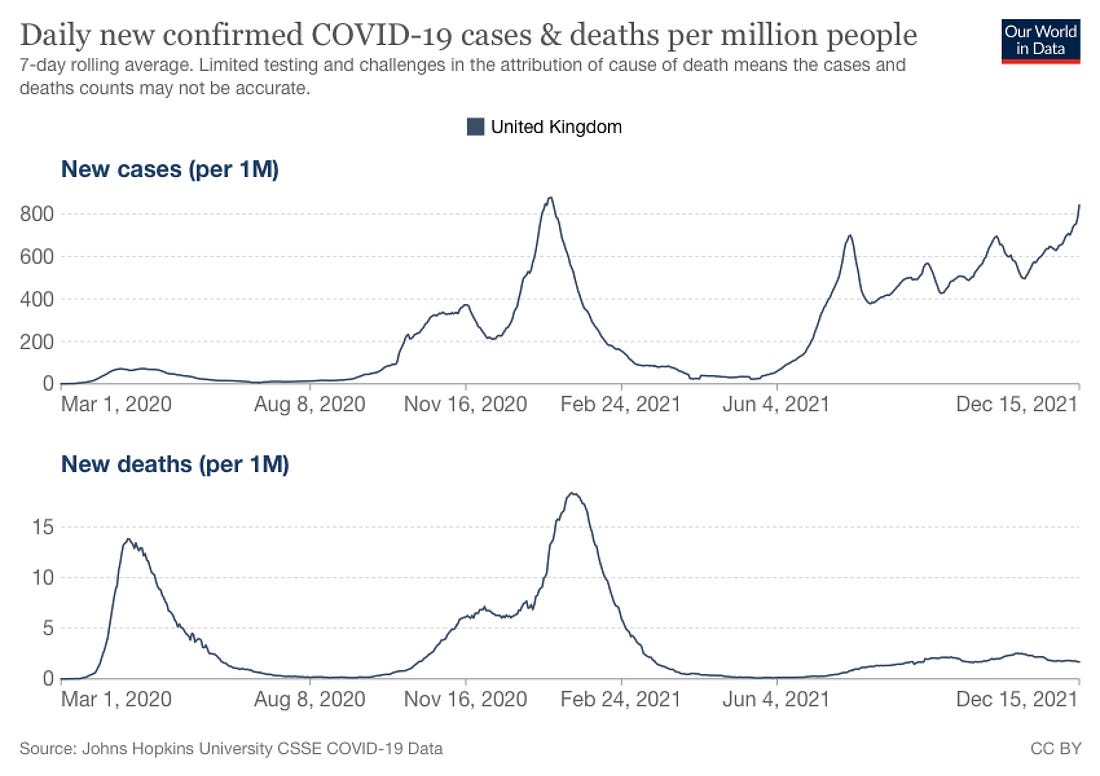How Three Families Shielded Their Fortunes From Taxes for Generations
By Patricia Callahan, James Bandler, Justin Elliott, Doris Burke and Jeff Ernsthausen for ProPublica
President Franklin D. Roosevelt pounded on his desk and swore.His treasury secretary had handed him a series of memos detailing the many ways the wealthy were avoiding taxes. Enraged by a rich businessman’s schemes, Roosevelt asked his treasury secretary to publicly denounce the man as a “son of a bitch.”
Roosevelt, himself an heir, earlier had warned that “economic royalists” had “carved dynasties” off the backs of America’s working men and women. Now he saw a chance to address the unfairness in the nation’s tax system.
“The time has come when we have to fight back, and the only way to fight back is to begin to name names of these very wealthy individuals,” Roosevelt told the treasury secretary, who detailed the May 1937 scene in his diary.
That summer, the Treasury Department released one name after another at a packed meeting of a joint committee of the House and Senate. Americans saw how many of the country’s wealthiest families gamed the tax system with tricks that Roosevelt described as “so widespread and so amazing both in their boldness and their ingenuity that further action without delay seems imperative.”
Some businessmen stashed their profits in secret accounts in the Bahamas. Ethel Mars, the widow of candymaker Frank Mars, was singled out for equine tax avoidance. She deducted the losses from her Milky Way horse racing stables from the candy manufacturer’s corporate taxes.
The internal revenue commissioner testified that the late E.W. Scripps and his son, whose newspapers championed the working man, avoided an estimated half a million dollars in taxes (nearly $10 million in today’s dollars) by directing income to holding companies — derided by the commissioner as “merely ephemeral subdivisions of the personalities of the individual owner” — to take advantage of lower tax rates and deductions.
The starring villain in Roosevelt’s crackdown on aggressive tax avoidance was the Mellon family, which controlled banks, aluminum production and oil interests.
Roosevelt summed up the stakes of this historic probe in a letter to Congress. “Taxes are what we pay for civilized society,” he wrote, invoking former Supreme Court Justice Oliver Wendell Holmes. He then added his own knife twist: “Too many individuals, however, want the civilization at a discount.”
In the more than eight decades since the hearings, tax avoidance has hardened into a way of life for the ultrarich. Over the past year, ProPublica has analyzed confidential IRS data covering thousands of the nation’s wealthiest people and revealed the largely legal strategies they use to drastically winnow down their tax bills, sometimes to zero.
The Scripps, Mellon and Mars families are living proof of the triumph of tax avoidance and the durability of dynastic fortunes: Their combined wealth today is pegged by Forbes at $114 billion. Over the years, members of all three families have played prominent roles in the modern anti-tax movement and have helped shape tax policy. And in a century=long cat-and-mouse game, Congress has scrambled to keep up with their tactics.
Drawing on the trove of secret IRS data as well as letters, diaries, books, congressional records and court documents, ProPublica traced how these families managed to preserve their wealth over the last century despite congressional efforts to clip dynastic fortunes.














